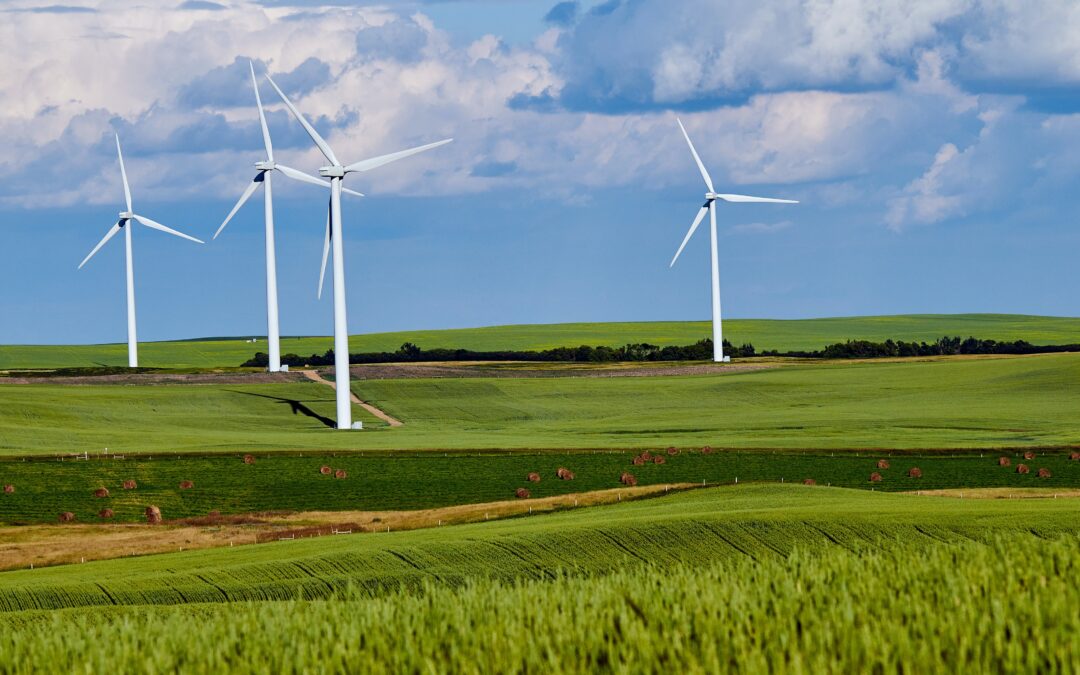The lower chamber of Poland’s parliament, the Sejm, has approved a law that would make it easier for onshore wind turbines to be built.
The legislation, which was first proposed by the government last year but has been delayed amid internal disagreement within the ruling coalition, would undo restrictions that the government itself introduced in 2016 and which resulted in a fall in investment in Poland’s previously booming wind sector.
The final version approved yesterday was watered down from the original proposal, leading to criticism from the wind industry and opposition.
In 2016, the government introduced the so-called “10H rule”, which forbids the construction of wind farms where there are buildings within a distance of ten times the height of the turbine. That effectively barred wind investments on most of Poland’s territory.
Under the newly proposed law, turbines would be allowed to stand as close as 700 metres to residential buildings. Initially the government had proposed the distance be 500 metres. But a last-minute amendment increased the figure by 200 metres.
The rules would uphold the ban on the construction of wind turbines in national parks and other conservation areas. It also includes an amendment stipulating that the investor would offer at least 10% of the installed capacity of the wind farms to the residents of the municipality.
Poland's second largest wind farm, featuring Europe's longest underground power line, has opened.
The firm behind it – owned by Poland's richest woman – says it can power the equivalent of 183,000 homes a year and reduce coal consumption by 168,000 tonnes https://t.co/QIaPvSRbGk
— Notes from Poland 🇵🇱 (@notesfrompoland) February 3, 2023
In a vote yesterday, 214 MPs – mainly from the ruling law and justice (PiS) party – were in favour, 27 MPs – mainly from PiS’s junior coalition partner United Poland (Solidarna Polska) were against it, and a 209 MPs from the main opposition parties abstained.
Amendments by the centrist and left-wing opposition to reduce the distance to 500 metres and from the hard-right, Eurosceptic United Poland to increase it to 1,000 metres were both rejected.
The bill now moves to the upper-house Senate, where the opposition has a majority but which can only delay the legislation by a month. Any amendments it proposes can be overturned by a majority in the Sejm. It would then pass to President Andrzej Duda, normally a PiS ally, who can sign or veto the law.
Ustawa o elektrowniach wiatrowych przyjęta przez Sejm przy głosach wstrzymujących się opozycji. I dobrze. Gdy dojdziemy do władzy poprawimy 700 m na 500 m. #wiatraki pic.twitter.com/bAxNi51L2q
— Anita Sowińska (@anitasowinska) February 8, 2023
Unblocking investment in wind farms is one of the “milestones” agreed by Warsaw with Brussels to unblock European funds, according to leaks of documents to Polish media. Another is reforming the discplinary syatem for judges, legislation for which was also passed by parliament yesterday.
In response, the head of United Poland, justice minister Zbigiew Ziobro, who has opposed both measures, called it a “bad day for Poles” and accused PiS of giving in to “Brussels blackmail”.
One of his party’s MP’s, deputy agriculture minister Janusz Kowalski, argued that Poland should build an energy mix based on “its own domestic resources, primarily coal…[which] is the cheapest energy in Poland, but unfortunately artificially taxed by the EU”.
🔎15 mld zł z KPO jest przeznaczonych na wiatraki, z czego 80% tej kwoty ma trafić do 🇩🇪niemieckich i 🇩🇰duńskich firm!
❌Tak właśnie unijne KPO ma "pomagać" polskiej gospodarce! pic.twitter.com/Qdv9o1WudE
— Janusz Kowalski 🇵🇱 (@JKowalski_posel) February 2, 2023
Meanwhile, opposition politicians expressed their dissatisfaction that the new bill does not go far enough. Anita Sowińska from The Left (Lewica) pledged that “when we come to power we will amend the 700 metres to 500”.
Meanwhile, the president of the Polish Wind Energy Association, Janusz Gajowiecki, said that the last-minute change to 700 metres – contrary to the “widely consulted and accepted 500 metres” – would severely hamper investment in wind over the coming years.
According to climate think tank Ember, maintaining a minimum distance of 700 metres means approximately 4 GW of new wind capacity will be built in Poland by 2030 whereas sticking with the originally proposed 500 metres would allow more than 10 GW.
Changing Poland's wind power restriction from 700m to 500m “will completely sabotage the existing project pipeline, reducing Poland's expected onshore wind capacity from around 18 GW in 2030 to values of just 11 GW,” warns Ember's @paczyzak.https://t.co/8FF8aQ3U8Z
— Ember (@EmberClimate) February 6, 2023
Main image credit: Abby Anaday/Unsplash

Alicja Ptak is deputy editor-in-chief of Notes from Poland and a multimedia journalist. She has written for Clean Energy Wire and The Times, and she hosts her own podcast, The Warsaw Wire, on Poland’s economy and energy sector. She previously worked for Reuters.




















